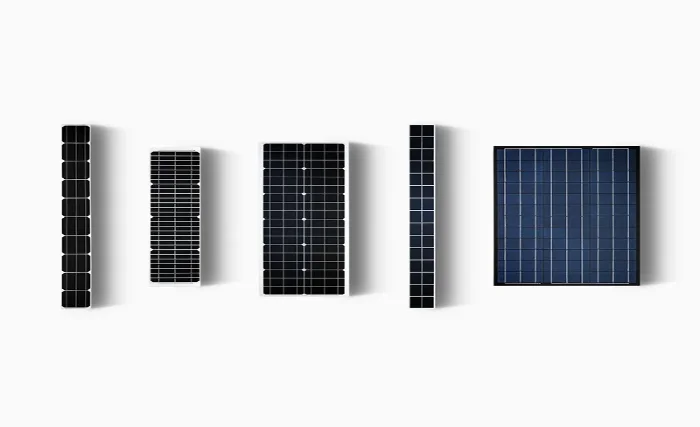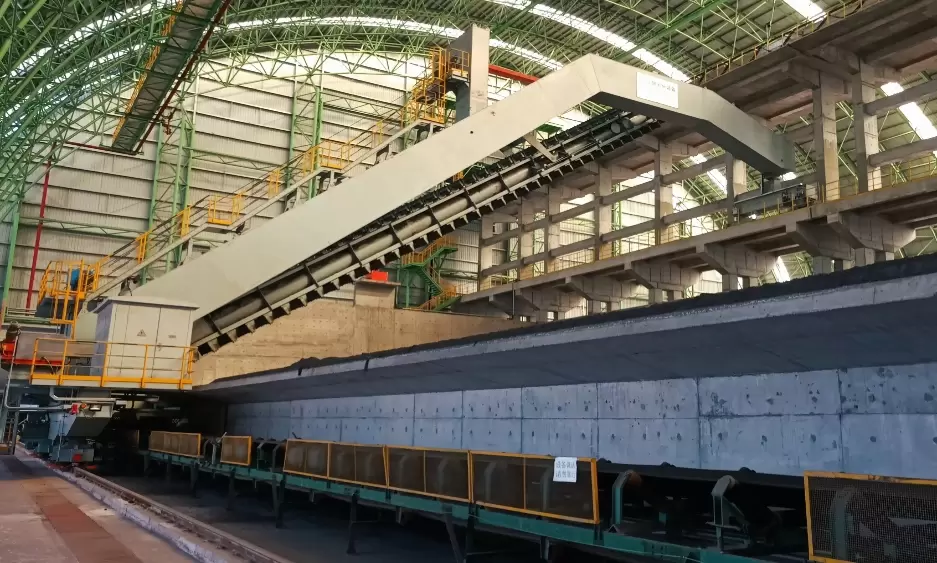As the global demand for renewable energy continues to grow, solar energy, as one of the most widely utilized renewable energy sources, is developing rapidly and occupying an important position in the energy field. In solar power generation systems, monocrystalline solar panels are one of the core components, and their market prospects and development trends have attracted much attention.

First, monocrystalline solar panels have the advantages of high efficiency and stability. Compared with other types of solar panels, monocrystalline solar panels have higher conversion efficiency and can more fully utilize solar energy to convert into electrical energy. At the same time, monocrystalline solar panels are also more stable and can operate stably for a long time under various environmental conditions. This makes monocrystalline solar panels widely used in photovoltaic power generation systems and is expected to continue to maintain market competitiveness in the future.
Secondly, the cost of monocrystalline solar panels is gradually declining. With the continuous advancement of technology and the gradual emergence of scale effects, the manufacturing cost of monocrystalline solar panels is gradually decreasing. This makes the construction cost of solar power generation systems continue to decrease, and more people can afford the installation and use of solar power generation systems. This will further promote the development of the monocrystalline solar panel market and encourage more people to choose solar power generation systems as a viable alternative to traditional energy sources.
In addition, the application fields of monocrystalline solar panels are constantly expanding. In addition to traditional rooftop photovoltaic power generation systems, monocrystalline solar panels can also be used in agricultural greenhouses, industrial plants, road lighting, and other fields. As people pay more and more attention to sustainable development and environmental protection, the demand for solar power generation systems is also increasing. This will provide more opportunities and potential for the market of monocrystalline solar panels.
In addition, technological innovation and research and development of monocrystalline solar panels are also constantly advancing. With the advancement of science and technology, the materials, manufacturing processes, and structural designs of monocrystalline solar panels are constantly being improved and optimized. The application of new materials, the development of efficient manufacturing processes, and more advanced structural designs will further improve the conversion efficiency and stability of monocrystalline solar panels. This will bring more opportunities and competitive advantages to the development of the monocrystalline solar panel market.
However, the monocrystalline solar panel market also faces some challenges. The first is the intensification of market competition. With the rapid development of the solar power generation market, more and more companies have entered the monocrystalline solar panel market, resulting in increasingly fierce market competition. In this competitive environment, monocrystalline solar panel companies need to continuously improve product quality and technical level to maintain market competitiveness.
Second is the impact of policies and regulations. The development of the solar power market is often affected by government policies and regulations. Government support and encouragement policies can promote the rapid development of the solar power market, and policy changes and adjustments may have a certain impact on the market. Therefore, companies need to pay close attention to policy dynamics and flexibly adjust strategies to adapt to market changes.
To sum up, monocrystalline solar panels, as one of the core components of solar power generation systems, have broad market prospects and development potential. High efficiency and stability, cost reduction, expansion of application fields, and promotion of technological innovation and R&D will provide strong support for the development of the monocrystalline solar panel market. However, market competition and policy impacts also require attention. Only by continuously innovating and adapting to market demand can monocrystalline solar panel companies achieve long-term competitive advantages in the monocrystalline solar panel market.
mia
charles@fgnexsolar.com

